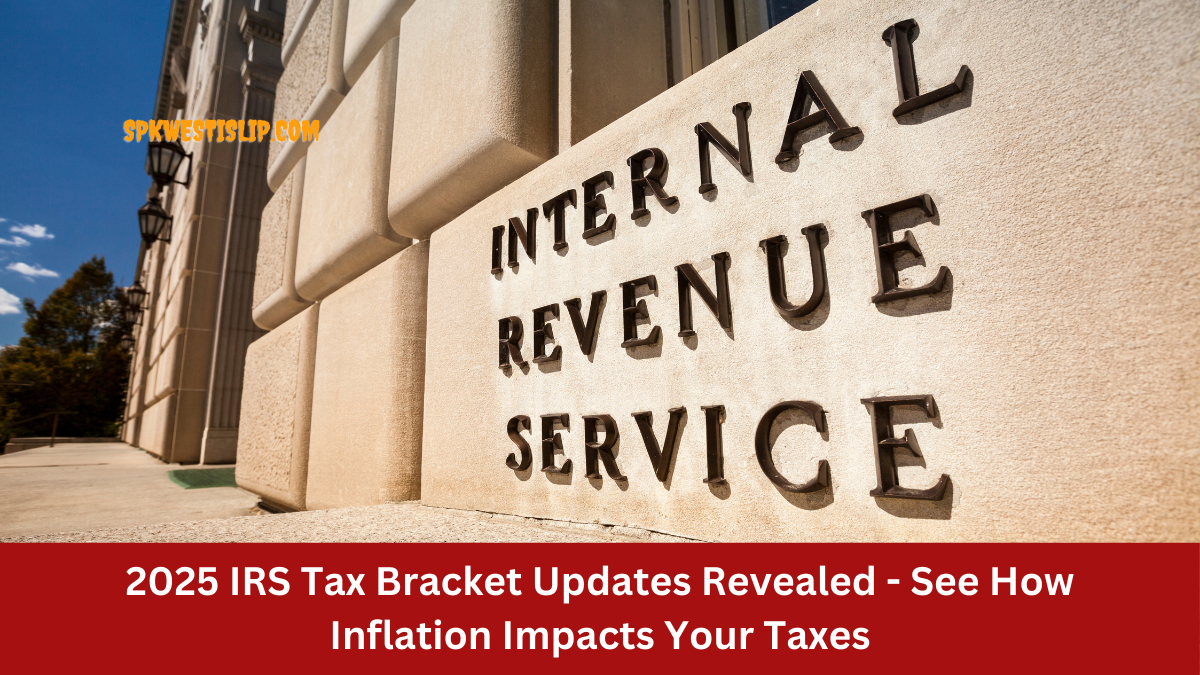To relieve taxpayers of financial stress, the IRS adjusts tax brackets annually for inflation. For 2025, this revision raises income thresholds somewhat across the board, which may affect taxpayers’ tax liabilities. These changes are important because they avoid “bracket creep,” when inflation pushes taxpayers into higher tax levels without genuine income growth.
Adjusted Standard Deduction
The IRS boosted the standard deduction in 2025, allowing taxpayers to subtract a bigger base amount before calculating taxable earnings. The deduction increased from $27,700 to $30,000 for married couples filing jointly and from $13,850 to $15,000 for solo filers. These modifications lower taxable income and save families money. Increased deductions help middle- and low-income families overcome inflation’s impact on living costs.
New 2025 Tax Brackets
In 2025, the tax brackets have changed 2.75% to prevent inflation from unjustly pushing taxpayers into higher bands. A look at the new rates:
- The 10% tax rate applies to single filers earning up to $11,925, married filers $23,850, and heads of households $17,900.12% Tax Rate: Incomes exceeding 10%, up to $48,475 for single filers and $96,950 for married filers.
- The 22% tax rate affects middle-income categories with incomes over $48,475 for single filers, $96,950 for married filers, and $70,500 for heads of households.
- Single filers above $103,350, married filers over $206,700, and heads of households over $157,200 pay 24% tax.
As inflation-adjusted income thresholds rise, taxpayers may pay less tax on the same nominal income, keeping more of their earnings.
Tax Bracket Impact of Inflation
Tax bracket modifications are heavily affected by inflation. The IRS immediately addresses modest inflation by raising brackets by 2.75%. This is smaller than last year’s 5.4% adjustment, but it provides tax planning consistency and certainty via recalibration to current economic conditions.
Advantages of New Tax Brackets
The 2025 tax bracket revisions help households with stagnant income avoid higher taxes due to inflation. Higher thresholds reduce bracket creep by giving individuals and families more tax bracket flexibility. This modification helps taxpayers arrange their finances so they may save and invest instead of worrying about tax payments.
Understanding “Bracket Creep”
Inflation raises nominal income, which pushes taxpayers into higher tax bands without increasing buying power. This is especially problematic for middle-income people, who may pay more taxes without greater disposable money. The 2025 modifications prevent bracket creep from lowering taxpayer earnings.
| Tax Rate | Single Filer | Married Filing Jointly | Head of Household | Taxable Income |
|---|---|---|---|---|
| 10% | Up to $11,925 | Up to $23,850 | Up to $17,900 | Low-income relief |
| 12% | Over $11,925 | Over $23,850 | Over $17,900 | Moderated tax rate |
| 22% | Over $48,475 | Over $96,950 | Over $70,500 | Balanced growth |
| 24% | Over $103,350 | Over $206,700 | Over $157,200 | Inflation aligned |
Conclusion
The 2025 IRS tax bracket revisions are a proactive measure to reduce American inflation. These modifications improve financial security and planning by raising standard deductions and income thresholds. These adjustments help taxpayers avoid bracket creep and keep more of their earnings as they prepare for the tax year, offering peace of mind and economic stability.
FAQs
1. How much has the standard deduction increased for 2025?
For 2025, the standard deduction rises to $15,000 for single filers and $30,000 for married couples filing jointly.
2. What is the purpose of tax bracket adjustments?
These adjustments prevent inflation-driven “bracket creep” that could raise tax burdens without income increases.
3. Will inflation affect tax refunds?
Adjusting brackets helps taxpayers retain more of their income, impacting refunds positively.
4. Who benefits most from these changes?
Middle- and low-income households benefit, as increased deductions and adjustments reduce their tax liabilities.
5. When will these changes take effect?
These changes apply to 2025 earnings, with returns filed in early 2026.
